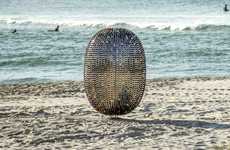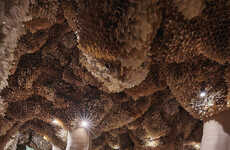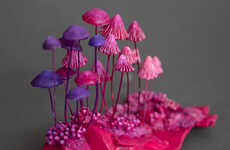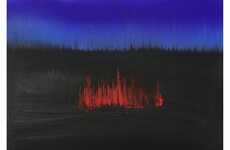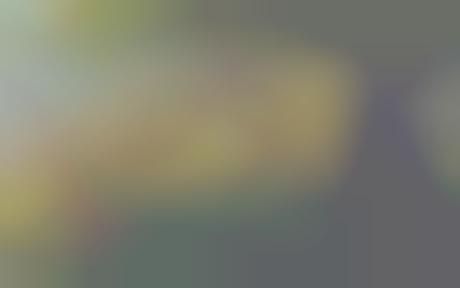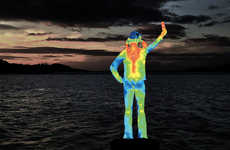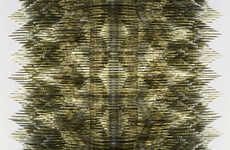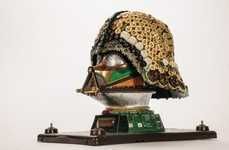
"A Sunday Afternoon" Made of 106,000 Tin cans
Cecilia Biemann — September 24, 2008 — Eco
References: telegraph
Photographic artist, Chris Jordan, has recreated one of the world's most famous paintings using more than 100,000 tin cans.
This unique version of Georges Seurat's 1884 pointillist masterpiece, A Sunday Afternoon on the Island of La Grande Jatte, was assembled from thousands of smaller photographs, depicting 106,000 tin cans, the number of drinking cans used in the US every thirty seconds.
The piece is part of series by Jordan titled Running The Numbers, which aims to shed light on "the vast and bizarre measures" of American society through visualised statistics.
Other pieces in the collection include a forest of one hundred million toothpicks, representing the number of trees cut down in the US each year to make the paper needed for junk mail.
Another piece shows a sea of 426,000 mobile phones which represents the number of mobile phones thrown away in the US each day.
This unique version of Georges Seurat's 1884 pointillist masterpiece, A Sunday Afternoon on the Island of La Grande Jatte, was assembled from thousands of smaller photographs, depicting 106,000 tin cans, the number of drinking cans used in the US every thirty seconds.
The piece is part of series by Jordan titled Running The Numbers, which aims to shed light on "the vast and bizarre measures" of American society through visualised statistics.
Other pieces in the collection include a forest of one hundred million toothpicks, representing the number of trees cut down in the US each year to make the paper needed for junk mail.
Another piece shows a sea of 426,000 mobile phones which represents the number of mobile phones thrown away in the US each day.
Trend Themes
1. Sustainable Art Installations - Disruptive innovation opportunity: Creating large-scale art installations using recycled materials to raise awareness about environmental issues.
2. Data Visualization in Art - Disruptive innovation opportunity: Exploring innovative ways to visually represent complex data and statistics through artistic mediums.
3. Social Commentary Through Art - Disruptive innovation opportunity: Using art as a powerful tool for social commentary and highlighting critical societal issues.
Industry Implications
1. Eco-friendly Art - Disruptive innovation opportunity: Developing sustainable art practices and eco-friendly materials to create unique and impactful artistic expressions.
2. Data Visualization - Disruptive innovation opportunity: Applying data visualization techniques to various industries, such as marketing, finance, and healthcare, to enhance data understanding and decision-making.
3. Social Impact Art - Disruptive innovation opportunity: Collaborating with artists and art organizations to use art as a means to drive social change and address societal inequalities.
2
Score
Popularity
Activity
Freshness

